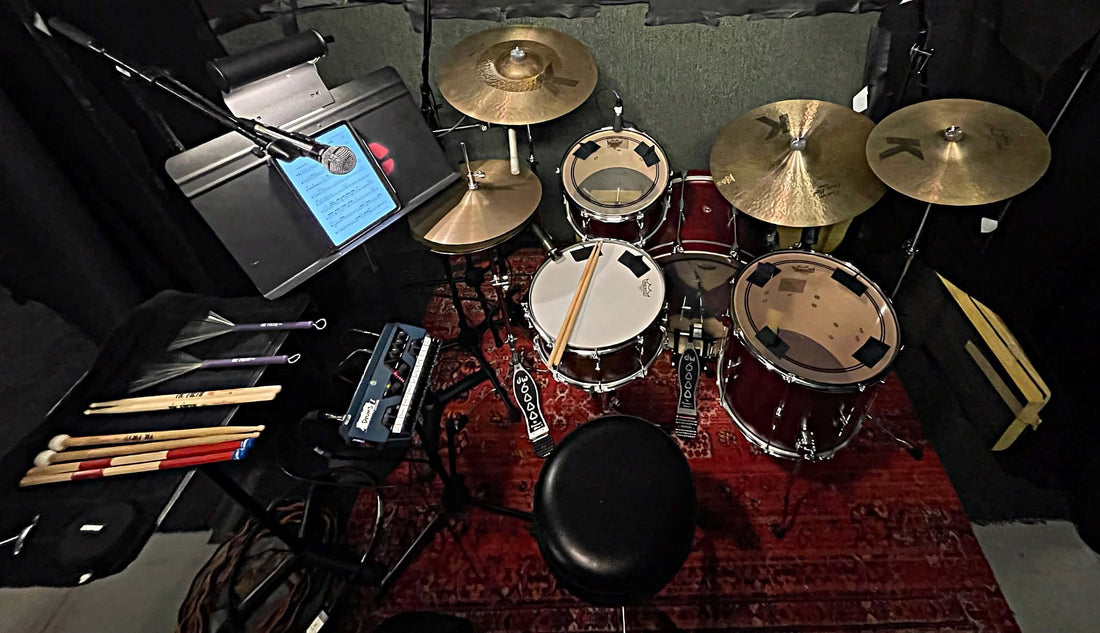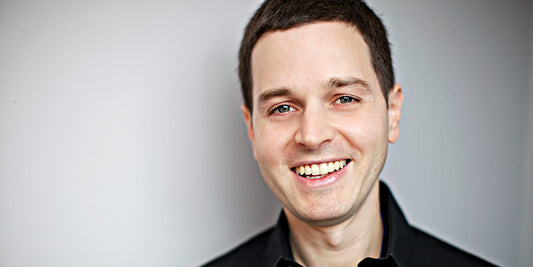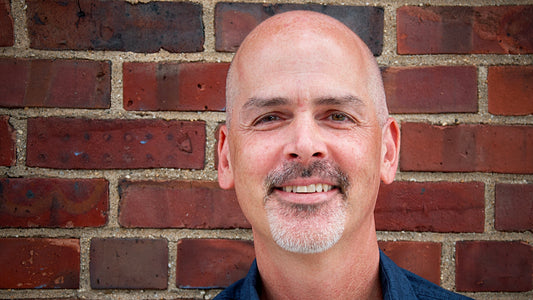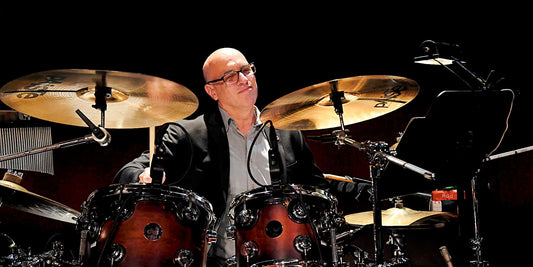
The Tattooed Lady - Sal Mazzotta
Sal Mazzotta's setup for The Tattooed Lady at the Suzanne Roberts Theatre, in Philadelphia, Pennsylvania.
Photos and gear list below write-up.
"The story of The Tattooed Lady...
revolves around a phenomenon that’s kind of been lost to history, and anything along those lines has always peaked my interest. In short, during the mid 1800s, women covered in tattoos mysteriously started to appear in circuses. These women, deemed “tattooed ladies” by the public, would often tell horrifying captivity narratives, in which, their captors would tattoo them against their will.
I could be wrong, but due to the technology of the time, I believe that being tattooed then was much more painful than it is now, and back then it was absolutely unimaginable that a women would ever willingly do such a thing to her body. The crazy thing is, (at least to mid-19th century Western society) they did! They chose to become 'freaks'. While not true, their tantalizing tales made the ladies more exotic and may have kept them from being ostracized, or worse, in some cases. It sounds like some of them also made quite a lot of money in the process and were even celebrities of a sort. These ladies were punk a century before The Ramones were even an idea, and the score definitely emotes that through a variety of genres.
The Tattooed Lady follows Ida Gibson, a former tattooed lady who seems to be doing everything she can to conceal her past. Ida is played by Broadway star, Jackie Hoffman, and she’s absolutely hilarious. Overall, this show is weird, funny, and bold. It also mirrors what’s going on today when it comes to situations concerning bodily autonomy.
What it’s like doing a workshop...
The Tattooed Lady is my second professional workshop. For those who have yet to do one, it seems like you kind of have to be prepared for anything. In both instances, I had very little preparation time. For this one specifically, I actually had none. All I was told was that this would be a drum set book. My mallet bag is pictured below. You’ll see that it’s filled with a ton of stuff. You don’t know what you’re going to be asked to do. I even have my Miller Machine tucked in the back pocket — just in case.
I arrived at the first rehearsal a little more than an hour early to view the space, set up my drums, and hopefully get a look at the book. That last part didn’t happen. The binders of music were given to us a few minutes before the rehearsal started. As I’m sure you all know, sight-reading theatre books can be really nerve-racking for various reasons.
Now, imagine sight-reading brand new music that hasn’t been codified or copied to the same degree that you may be used to. Your part may be missing bars, tempo changes, and dynamics that the other parts may not be. Your part may be a previous version from the wrong date. Your part may just be a skeleton of what’s to come.
From my limited experience with workshops so far, it seems that it’s common for things to change everyday, even after opening night. This can include the charts. When there are new charts every day, mistakes like these can be made. Plus, you’re the percussionist, and we all know how that goes. No one really understands what we do besides us. It definitely keeps you on your toes if you know what I mean.
For theatre gigs, I know that sometimes I get really comfortable playing the same thing the same exact way every night. 'This is where I do my page turn. This is my choreography to switch from brushes to sticks. This is how I play those two parts at the same time.' Those kinds of things can go out the window in a situation like this.
I don’t want to make it sound more dramatic than it actually is, but since there can be changes everyday, there are some things that you’re almost kind of still figuring out even by the end of the show’s run. After all, you’re the first person to play this book. It’s a world premiere. You have to rely on your musical instincts, and this process really shows you what you need to work on since you’re playing new things totally cold sometimes.
All that considered, you’re still expected to play, and sound, like a professional. There are some serious cats working on this production, including our sound designer Nevin Steinberg (Hadestown, Hamilton, Rodgers + Hammerstein’s Cinderella). They’re all dealing with the same things that you are. You have to hang on their level as best as you can. It can be challenging, but I feel that these experiences are really helping me grow as a musician so I’m super grateful to have them."
















Drum Set: Barton Essential Maple with Cherry Stain
- 13" Small Tom
- 16" Floor Tom
- 22" Bass Drum
Snare:
- Barton 6.5" x 14" Beech in Brown Satin Finish
Hardware:
- DW 6000 Ultralight Hi Hat Stand
- DW 6000 Ultralight Snare stand (for small tom)
- DW 6000 Strap Drive Kick Pedal
Cymbals:
- Zildjian 20” K Custom Dark Ride
- Zildjian 18” K Custom Hybrid Crash
- Zildjian 14” K Custom Dark Crash
- Zildjian 14” A Vintage 60s Hi Hats (potentially New Beats)
Electronics:
- Apple iPad Pro 2018 11” with forScore
- Shure SE215 In-Ear Monitors
Sticks:
- Vic Firth Steve Jordan Signature
- Vic Firth 7A
- Vic Firth Heritage Brushes
- Vic Firth 5A Dual Tone Swizzle
- Promark Cool Rods (not sure if I’m actually going to use these yet)
The Tattooed Lady - Regional - Sal Mazzotta
October 29, thru November 20, 2022









